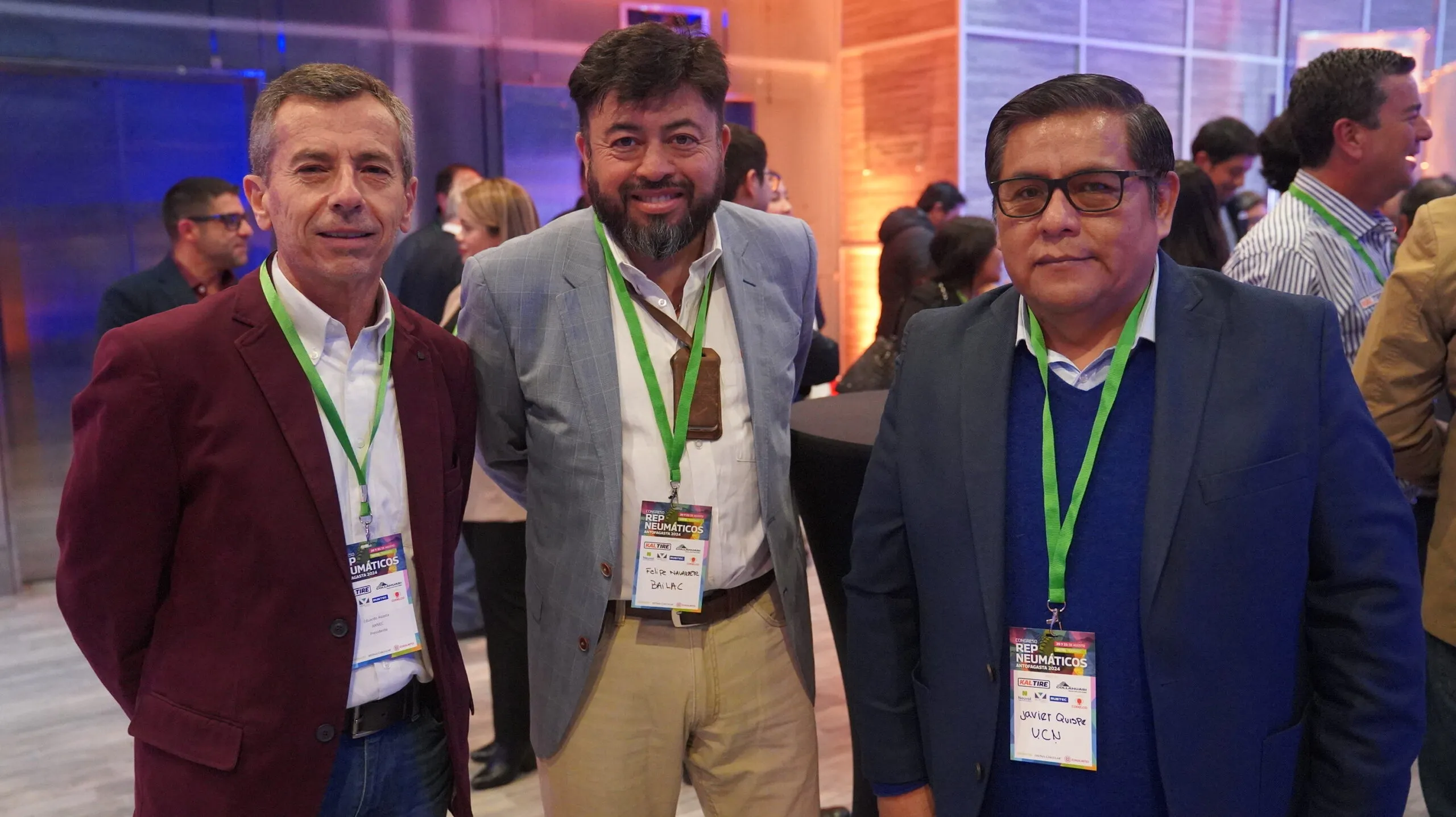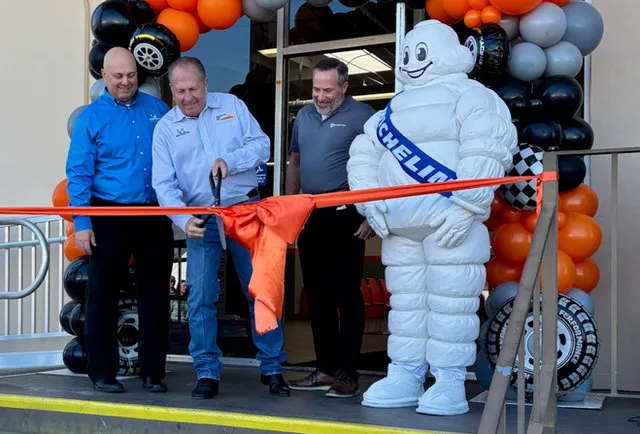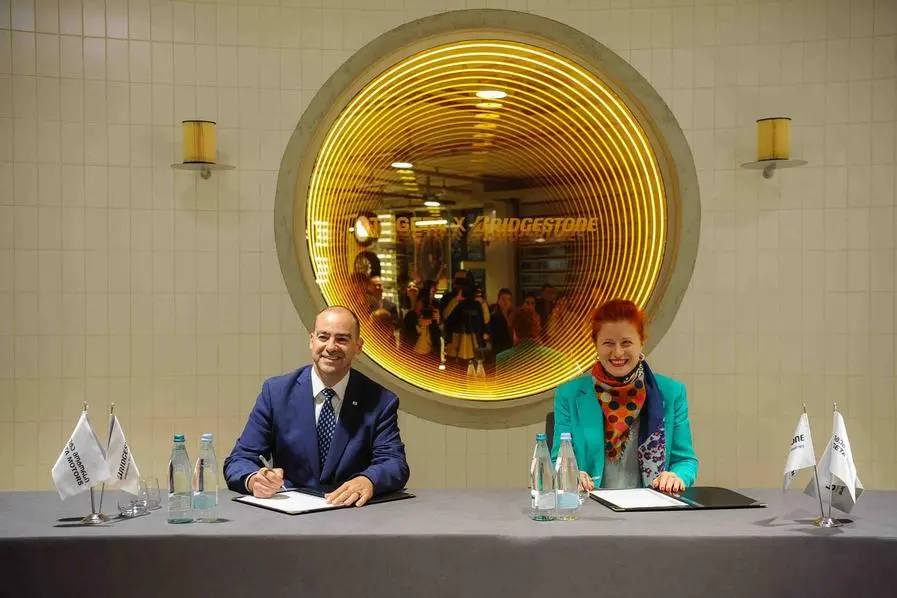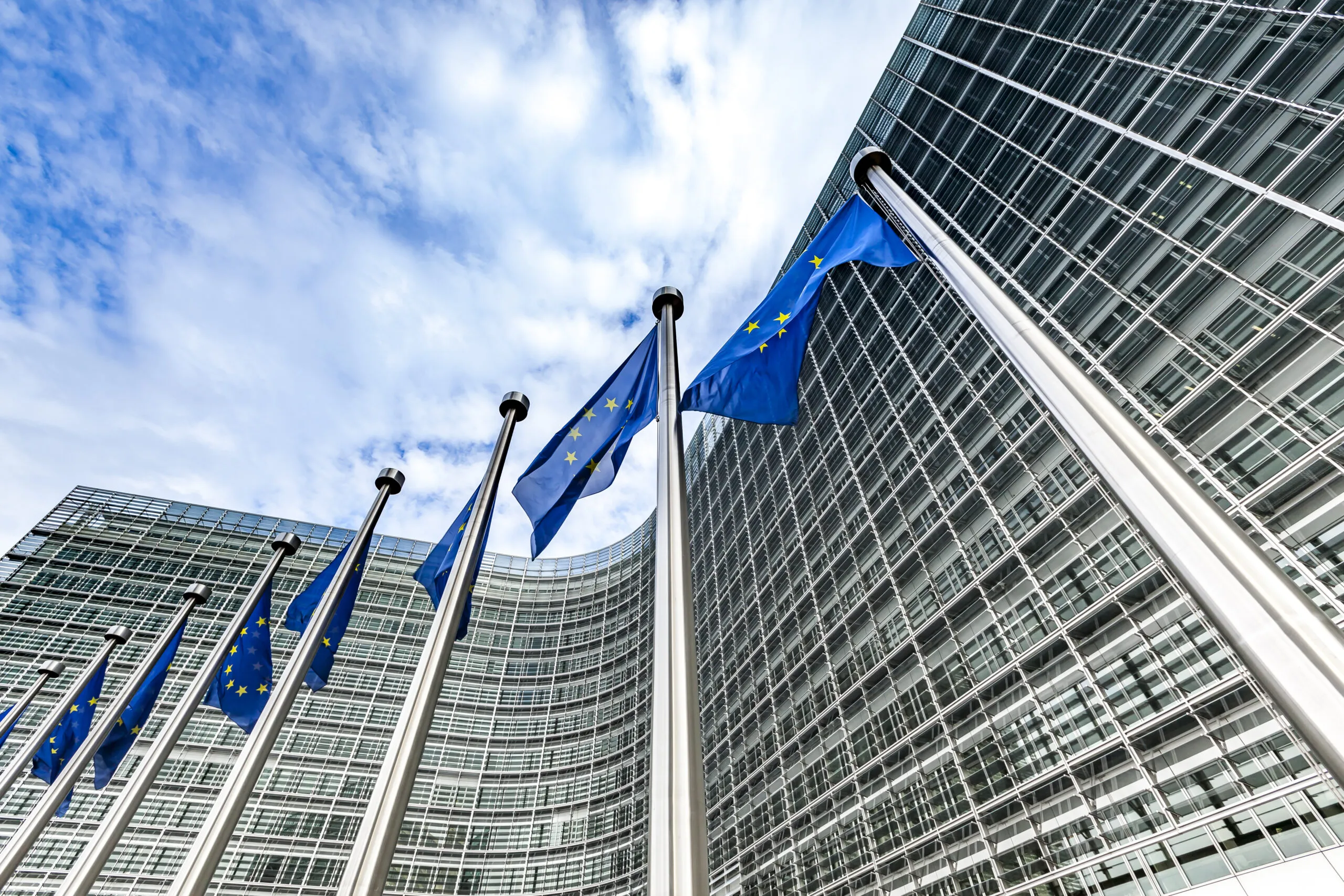“To comply with the EPR Law, it is a priority to promote the reduction of consumption and the reuse of tyres.” Eduardo Acosta, President of ARNEC, stated in his presentation.
ARNEC Driving the Reduction of Consumption
Retreading tyres considerably reduces the generation of waste and greenhouse gas emissions. On average, a retreaded tyre reduces the carbon footprint by more than 70% compared to manufacturing a new tyre. On August 20 and 21, the first EPR Tyre Congress was held in Antofagasta, Chile, to discuss the progress and challenges of recovering end-of-life tires (ELTs) in the mining industry and the country’s northern macro-zone.
On the occasion, the president of the Chilean Association of Tyre Retreaders and Renovators (ARNEC), Eduardo Acosta, spoke about the urgency of giving more than one use to tyres to avoid the unnecessary generation of ELTs. “There are many successful examples in the mining large OTR tyres that are retreaded two, three or more times. The challenge is to extend this good practice to transport service providers that circulate outside the mining operation, both trucks and buses,” he said.
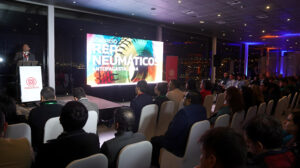
During his presentation in the third panel, “Retreading and valorisation: how far have we progressed?” the tyre retreading association leader shared a presentation prepared jointly with the Chilean National Tyre Industry Chamber (CINC). In it, he explained why tyre retreading is a sustainable and circular solution, which reduces CO2 emissions by more than 70% compared to new tyres and is also a very safe and profitable alternative. “In Chile, there are tyre retreading plants with world-class standards. It is a recurrent myth to think that tyre retreading is a lower-quality option. In this sense, a good advance was to have the Chilean Standard Norm N°3374:2015. Any customer can consider this solution with total peace of mind since it is an industry that has become very technologically advanced in recent years,” he said during his presentation.
The association’s president, who represents 65% of the tyre retreading market, further explained the positive impact of this activity. For this, he used as an example a fleet of 500 standard 6×4 trucks that require 22 tyres per unit and that retread each tyre once, reducing 40% of tons of CO2 emissions and 50% of ELT per year while generating 12.37% of new local jobs. “To comply with the EPR Law, it is a priority to promote the reduction of consumption and the reuse of tyres. The benefits are evident in the three ESG areas, i.e. economic, social and environmental impacts,” he said.
Finally, Acosta invited all mining companies in the region. “In an unprecedented way at a global level, we are working side by side with producers and importers, the Chilean National Tyre Industry Chamber (CINC). This has a single objective: to promote retreaded tyres in all fleets of buses and service trucks for the mining industry”.

